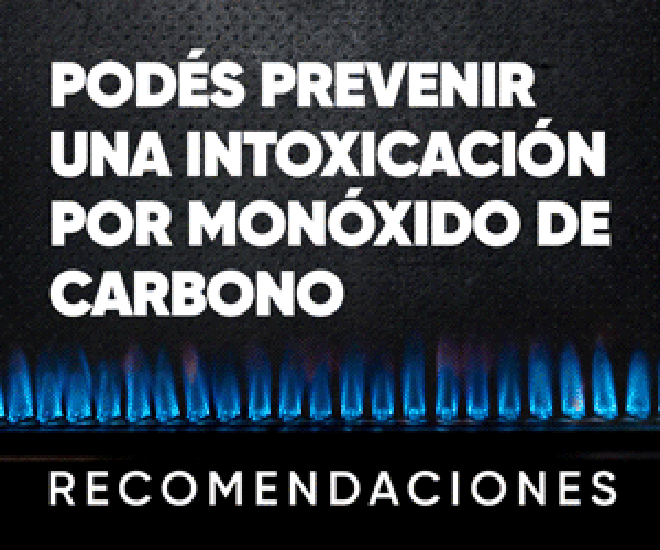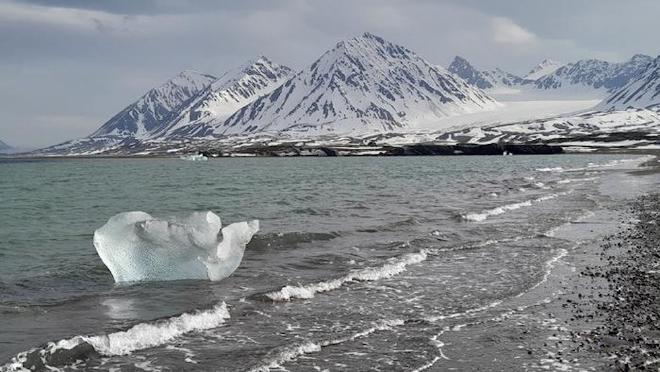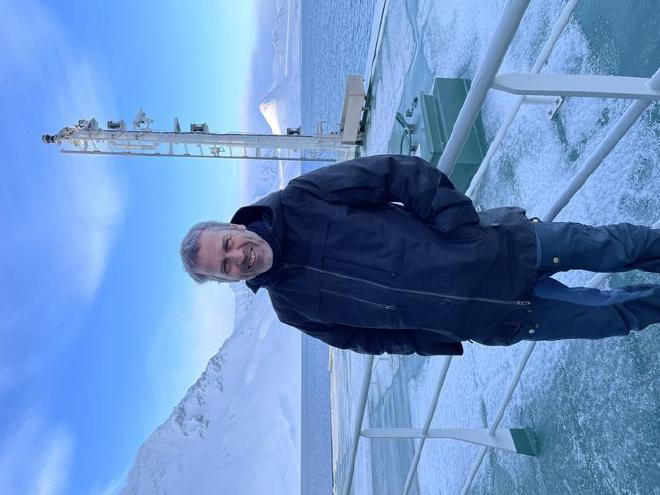

Jochen and his collaborators discovered that rapid changes in the Arctic are transforming vibrant fjord ecosystems like Kongsfjorden in Svalbard. Their findings document not only a shift in phytoplankton communities due to melting ice but also a worrying decline in the capacity of these fjords to sequester carbon.
The Hidden World of Phytoplankton #
At the foundation of Arctic food webs lies phytoplankton—tiny, microscopic heroes of our oceans. These organisms are not just food for fish. They play a pivotal role in carbon cycling and climate regulation. As the ice retreats, sunlight reaches more of the ocean surface, encouraging phytoplankton to thrive. Imagine a feast of life emerging from the depths, with fish and marine animals gathering around this newfound abundance.

Balancing Growth and Sustainability in a Warming Climate #
Warmer waters can enhance phytoplankton growth during sunlit summers, presenting an initial opportunity for increased productivity. However, as the waters become stratified, essential nutrients become harder to access, leading to a double-edged sword: while we may see a rise in phytoplankton biomass, the efficiency of carbon capture could decline.
Jochen emphasizes this critical point: “While we anticipate greater primary production, the reality is that warmer, stratified waters could hinder the fjords’ ability to serve as effective carbon sinks.”
Furthermore, the influx of glacial meltwater, like a lifeline for marine life, plays a vital role in reshaping the nutrient landscape of these fjords. As glaciers disappear, this nutrient supply becomes unpredictable, raising concerns about the long-term health of these ecosystems. Without a steady flow of nutrients, the ecological balance may be disrupted, potentially impacting the food web and overall productivity of the fjords.
Looking Ahead: The Arctic as a Climate Barometer #
The Arctic acts as a vital indicator of global climate change. The world’s focus is drawn to these melting ice caps not just for their beauty, but because they hold significant lessons about our shared future. “The future of Arctic fjords reflects the broader climate challenges we face globally,” Jochen warns.
The paper Arctic fjord ecosystem adaptation to cryosphere meltdown over the past 14,000 years was published in Communications Earth & Environment. Authors: Jochen Knies, Youngkyu Ahn, Berenice Ebner, Lukas Smik, Kwangchul Jang, Seung-Il Nam, Simon T. Belt & Carsten J. Schubert

